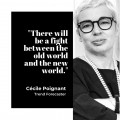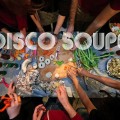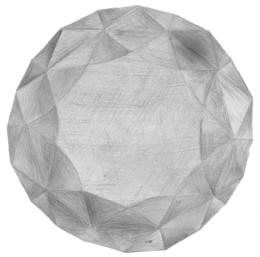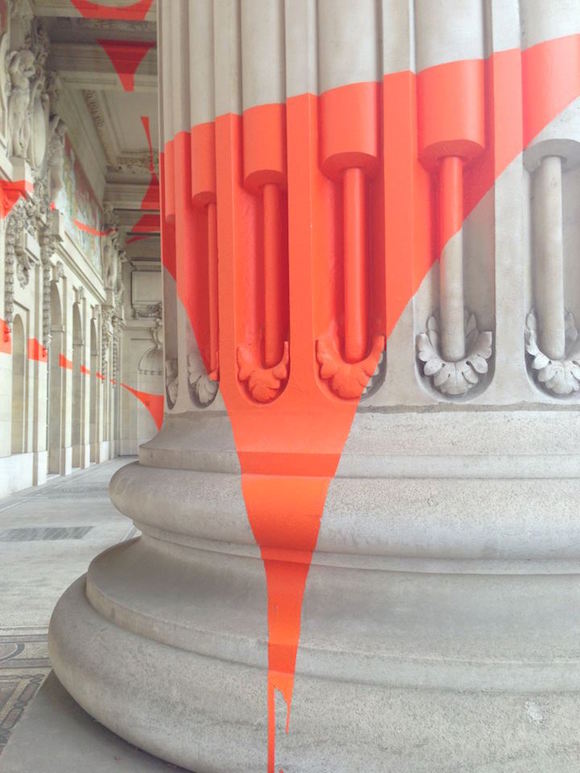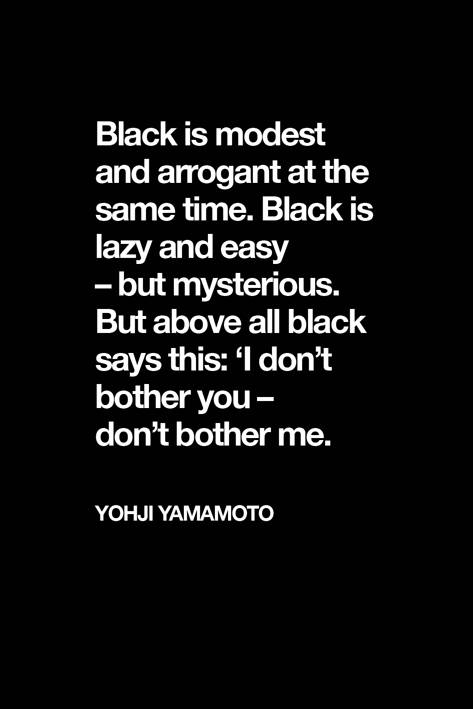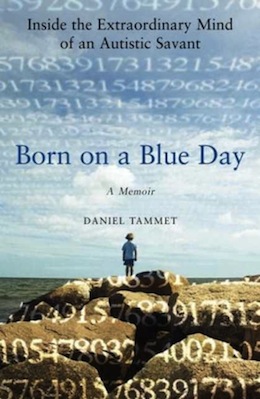
I believe in a participatory model to future foresight rather than a prescriptive model. That’s why with Geraldine Wharry, we started during the confinement a series of conversations called (Re) Connect. Geraldine and I are both very interested in macro trends, her expertise is more on Fashion Business mine is more on Lifestyle at large. Yes, we do need more collaboration to take the time to analyse all the signals we see. It’s not a good time to rush to conclusions and anxious solutions or directions, or predictions as we face a global crisis. Yes, there are present signals that point to plausible futures, but the truth is this time of great upheaval offers us an unprecedented opportunity to reflect with humility. Later will come the time to translate all these signals into scenarios with the tools I use as a Futurist: Prospective Anthropology and Speculative Design.

An overall reset – This crisis is global, it’s an economic crisis, a national one, a social, a civil, an intellectual and an existential crisis ! Such a disruption is rare. It’s both a trend amplifier and a tipping point accelerator. We are now re-thinking how can we rebuild our lives, what will be the implications for individuals and for organizations, in which ways we will behave differently, what will be the future of work, what is truly essential in our lives…This forced reset on a planetary scale brings the notion of “the new normal” and a re-definition of our comfort zone.
« Yes this storm will pass, humankind will survive and most of us will still be alive but we will inhabit a different world » Yuval Hariri
We have a new alphabet: anxiety, distance, decontamination protocols, masks, hydroalcoholic gel, Zoom ….
The first episode of (Re) Connect is centered on our thoughts concerning the rush we are seing towards digital technologies and on how craft and tech work can together for a human centered future. The full video is below. In this episode I’m speaking of Slowing Down, Frugal Innovation and the Future of Manufacturing
Slowing down – One of consequence of the Covid19 is a redefinition of our fundamental values and our personal relation to time with more introspection. For many of us, a slower rhythm.
The Great Lockdown is acting as a photo developer on all the trends, they are all exacerbated. The idea of slowing down appeared first in Italy in 1986 with the creation of the Slow Food movement. A Mcdonald’s restaurant was opening in Roma and Italians reacted to this fast food restaurant by putting light on small producers to defend their local food and traditional cooking. The movement is now present in 160 countries with producers and chefs as ambassadors.
During the lockdown many people started to cook by themselves for the first time. They were looking for recipes on Instagram and Pinterest, there was really a pick up of research for sourdough recipe, we even had a flour shortage in France for many days. People discovered the pleasure of slow food while baking breads, pies and cakes.
This idea of slowing down is a reaction to a world mainly focus on a constant growth and on an accumulation of possessions. The slowness resonated with our desire of having a more minimalistic life centered on what is truly essential. That’s why slow traveling and micro adventure are gaining in interest as well as slow fashion in opposition to fast fashion.

Frugal innovation- We observed that there has been a rush toward digital technologies and we want to take the time to reflect on this. We are now all connected through internet, everything would have been totally different 20 years ago without Instagram, Zoom, Skype, Fortnite, WhatsApp … but we don’t all have the same access to technology and to bandwidth. There is very little digital education in school, some people are just starting to be aware of digital pollution with all the data they stock in the cloud (datas will consume 1/5 of the electricity by 2025 ) This possibility of connection is not available for many of us whether we are living in Africa, India or Europe … We also have a culture of excess, we love the latest gadgets, the fastest devices that use rare metals and bandwidth …
Frugal Innovation made popular by Navi Radjou since 2015 is a new way to innovate by being flexible and learning how to fix things in an simple way. Frugal innovation is the process of reducing the complexity and cost of a good and its production, for instance by removing nonessential features. In India, the word “jugaad”, Hindi for a stop-gap solutions, is sometimes used instead of frugal. The motto is to do more with less.
The nature of design itself is to adapt and solve problems by looking for opportunities and challenges, the frugal way is very interesting. Digital should indeed be more frugal in the future: we should be able to keep the devices we use longer and reevaluate the way we consume datas and bandwidth to give access to more people and be more inclusive.

Future of manufacturing – The Covid crisis has highlighted the lack of local factories in many countries, the tensions revive weak points. We realize that we are depending too much on distant countries and need to relocate industries and factories. As citizens we have turned to our local communities, willing to support nearby stores, and buying directly from local producers. We saw which brands were able to concretely help the care people and the hospitals. In the future, factories will need to be able to rapidly develop the production of other products and deploy agile solutions.
As an example, in France, 1083 a fashion brand founded in 2013 by a previous software engineer. Their whole ecosystem is based on the fact that a conventional jeans travel up to 65,000 km during its production. They named their brand 1083 because only 1,083 km separate the 2 most distant cities in France. They are spinning, weaving, sewing in France and they transitioned very quickly on March 17th to produce masks in their factory
The future will be made by smaller fabrication units, with local actions and synergies for mutual aid. Fab labs – digital fabrication laboratories – with 3 D printers will be also a way to reimagine the future of manufacturing with proximity and agility.

